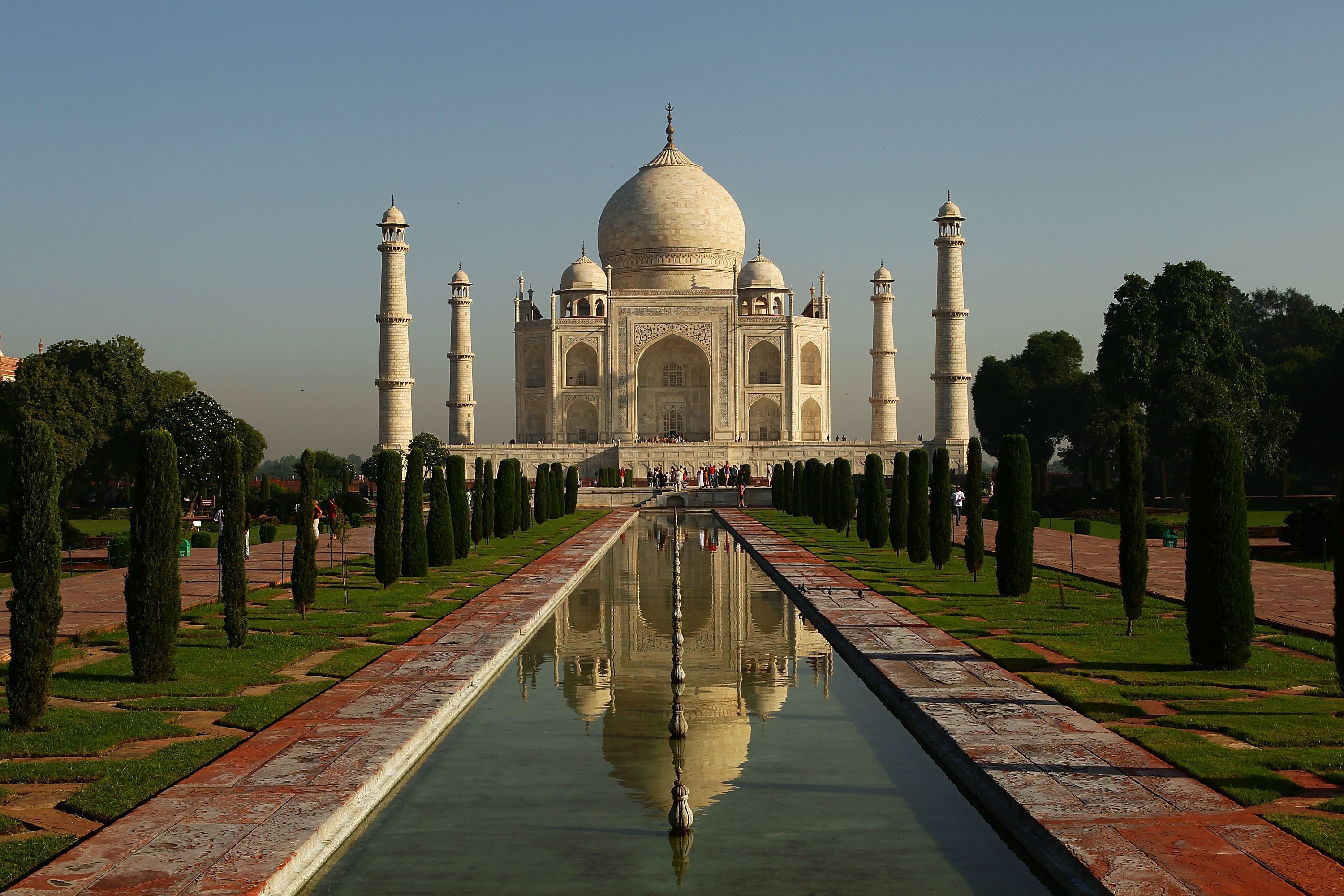Economic Impact of Mughlai Extravagance
The Mughal Empire in India is known for its grandeur, cultural diversity, and contribution to the arts and architecture. However, it is also known for its excessive spending and extravagance, which had a negative impact on the economy. The Mughals indulged in lavish spending on luxurious items, palaces, and gardens, while neglecting their fiscal responsibilities. This essay will explore the economic impact of Mughal extravagance on India, highlighting the negative consequences of the empire's reckless spending.
:max_bytes(150000):strip_icc()/PeacockThronecropWiki-56a042213df78cafdaa0b669.jpg) |
| The Peacock throne (greatest example of Mughlai extravagance) |
The Mughal emperors were known for their excessive spending and extravagance. They spent vast amounts of money on their personal luxuries, such as clothes, jewelry, and food. The Mughal emperors built grand palaces, mosques, and gardens, which required large amounts of resources and labor. For instance, Emperor Shah Jahan spent a significant amount of his treasury on the construction of the Taj Mahal, a magnificent marble mausoleum in memory of his beloved wife Mumtaz Mahal.
 |
| Taj Mahal |
The Mughal emperors' lavish spending had a negative impact on the economy. The emperors neglected their fiscal responsibilities, such as collecting taxes and regulating trade. They relied heavily on revenue from agriculture, which was vulnerable to natural disasters, such as droughts and floods. The emperors also failed to control inflation, which resulted in the devaluation of the currency and a decline in trade.
According to historian Sanjay Subrahmanyam in his book "Mughal Economies," "The Mughal emperors were not able to maintain a stable economic system due to their excessive spending, which resulted in the depletion of resources and the neglect of fiscal responsibilities." (Subrahmanyam, 2011)
 |
| Gold coins minted during Akbar's Rule. |
The Mughal extravagance had a significant impact on the common people. The emperors' spending resulted in high taxes, which burdened the already struggling peasants and traders. The common people had to bear the brunt of the emperors' lavish lifestyle, which included expensive festivals, entertainment, and hunting expeditions. Moreover, the decline in trade and the devaluation of currency resulted in an increase in prices of basic commodities, making life even more difficult for the common people.
 |
| Gold turned to silver by the time Shah Jahan ascended the throne. |
According to historian Shireen Moosvi in her book "The Economy of the Mughal Empire c. 1595: A Statistical Study," "The Mughal extravagance had a negative impact on the economy, resulting in high taxes and inflation, which burdened the common people and contributed to their economic woes." (Moosvi, 2015)
 |
| The Emperor feasts while the population fasts |
Comments
Post a Comment